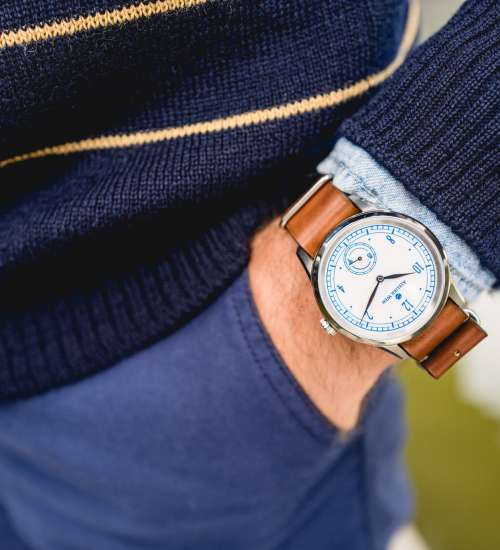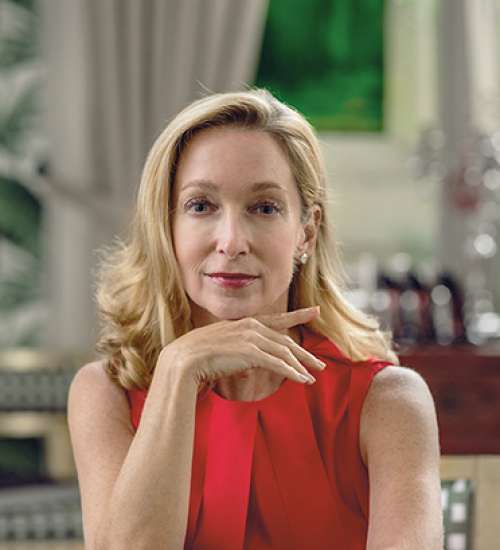In other industries, functional value drivers represent the core of a product and are most important in terms of pricing. However, for luxury brands, the emotional value of a product determines the price premium that can be charged. Emotional drivers like brand, uniqueness or prestige are the most important buying decision factors for consumers.
For instance, for luxury watches, emotional drivers are the style attributes (original, fashionable, design), as well as the product exclusiveness and successfulness symbol. Functional drivers are watchmaking craftsmanship, performance and robustness
What factors are considered in determining the price of luxury products? Classical approaches to set prices are not applicable for luxury products. Manufacturing costs do not reflect the product’s perceived value by consumers and, therefore, do not give any insight to set the optimal price. Competitors and market prices are not relevant points of reference either. As luxury products have strong emotion-driven unique selling propositions, it makes it difficult to compare products between competitors.
The success of luxury pricing lies in quantifying the emotion-based value-to consumer regardless of costs, competitor or market prices. Luxury companies need to precisely measure the perception of their brands’ value within their customer segments in order to set their prices.
Why are luxury products expensive? Luxury products are expensive as their perceived value by consumers is very high. This perceived value is linked to the emotional value drivers that come in addition to the functional ones. Besides, a higher priced product is often perceived as being of a higher value. Thus, for consumers looking for rarity, quality and refinement, pricing is one of the most efficient ways to indicate these factors.
As a result, luxury is the only industry where demand can increase together with prices.
Nevertheless, this does not mean that prices can be increased and demand will rise indefinitely. At some point, a higher price will hurt demand. The profit potential is limited by the overall emotional value of a product and the key is knowing where this point lies.
How different are the cost of production and price of a specific product - generally?
There should not be any correlation between the cost and the value of a luxury product since the right way to set the price of a luxury product is based on its perceived value and is independent of costs. Therefore, cost of production can sometimes be a fraction of the price (even less than 10 per cent). Whereas in other industries, many companies set prices ‘x percent over cost’ (cost-plus pricing). In those cases, the cost of production is closely linked to the selling price of a product.
Are the prices of luxury products harmonized across markets around the world?
In the past, there were large price differences between countries, some prices were even doubled. However, those differences are being reduced over time. Several key luxury brands have harmonized their prices globally, especially between Asia and Europe.
A key reason for this harmonization is to reduce parallel imports. Beyond a certain price difference between countries (for several companies, it is over 20 per centr), sales related to parallel imports increase significantly.
Setting international price levels is complex and different price strategies can be pursued. The selection of the most appropriate strategy is be done by taking into consideration multiple constraints and factors, such as: strategic ambition for the country, the distribution model (retailer, franchisee, online), the level of offer exclusivity per country, level of parallel imports, production localization, costs to operate and local consumers satisfaction, brand awareness and image.
Why do consumers accept the price of luxury product? Consumers are generally prepared to pay more for higher value products. Luxury products provide greater value in the form of quality, design and brand image. The emotional value of a brand or product-brand combination has a particularly strong impact on the willingness-to-pay in the luxury goods industry. This is particularly the case in many Asian markets, especially China. That means that a certain price premium for a product-brand combination will be accepted by consumers across those countries.
We, at Simon-Kucher & Partners, have developed a pricing framework for luxury goods companies. Our engagements with luxury brands cover a wide range of pricing and marketing topics.
Brand’s pricing strategy: Define the brand’s global and local price positioning and ensure a consistent communication towards consumers across channels.
Price and assortment optimization: Develop a value-based price architecture, taking into account relevant price thresholds.
International price index optimization: Define international pricing, considering country ambitions, local demand dynamics, costs to operate (transport, tax and duties, currencies evolution), costs to serve (rent, people) and competitors’ positioning.
Innovation pricing: Assess consumers’ perceived value and willingness-to-pay for market innovations.
Customer segmentation and marketing mix optimization: Segment consumers based on needs, purchasing habits and Luxury expertise. This enables to initiate segment specific product offering, value communication, store experience, as well as define an optimal marketing mix.
Digitalization and eRetailing strategy: Develop a value-adding digital strategy exploiting cross- and omni-channel advantages for improved consumer experience and first-class service level.
We also offer sophisticated analytical methods to quantify price sensitivities and define optimal price levels. Those insights are based on the analysis of internal data, the extraction of expert knowledge and by gathering external consumer insights.
With our framework in place, we help luxury brands to focus towards a more consumer-oriented and thus value-based pricing. Consumer-oriented methods help to investigate the consumers' willingness-to-pay and perceived brand value, thus enable to unfold the full profit potential (quick-wins, as well as long-term pricing principles).
We help companies to best tackle an ever-changing luxury market. Those changes bring some opportunities but also some new constraints, putting under pressure current pricing strategies.
Examples of market changes are: the increasing price transparency, parallel imports, counterfeiting, evolution of taxes and refund rates, high currency fluctuations, new consumer profiles/generations with different shopping behaviors and new local luxury competitors.
Dr. Jochen Krauss is a managing partner at Simon-Kucher & Partners











 Back
Back
